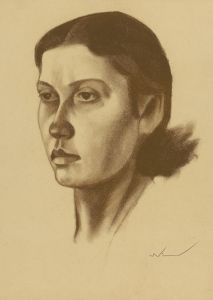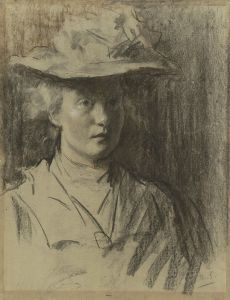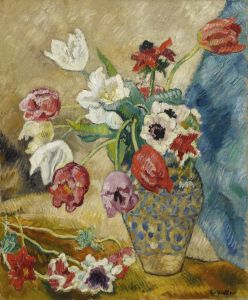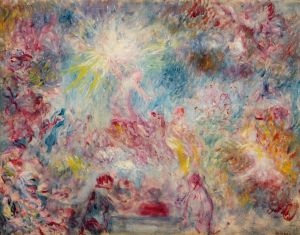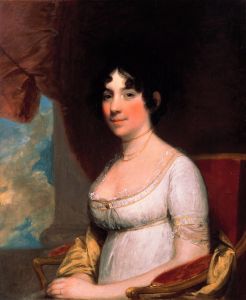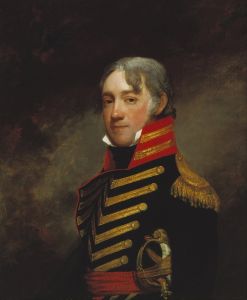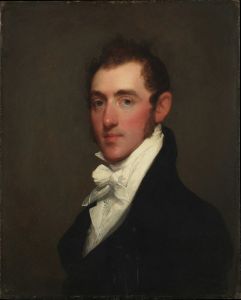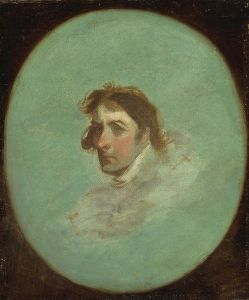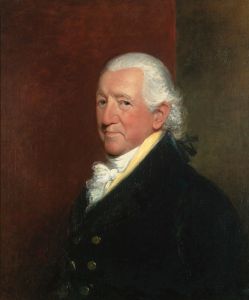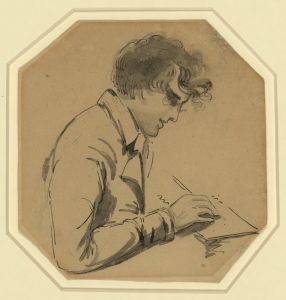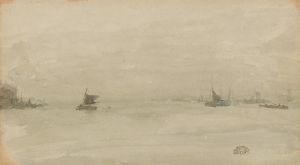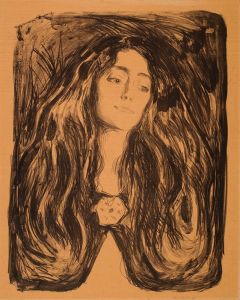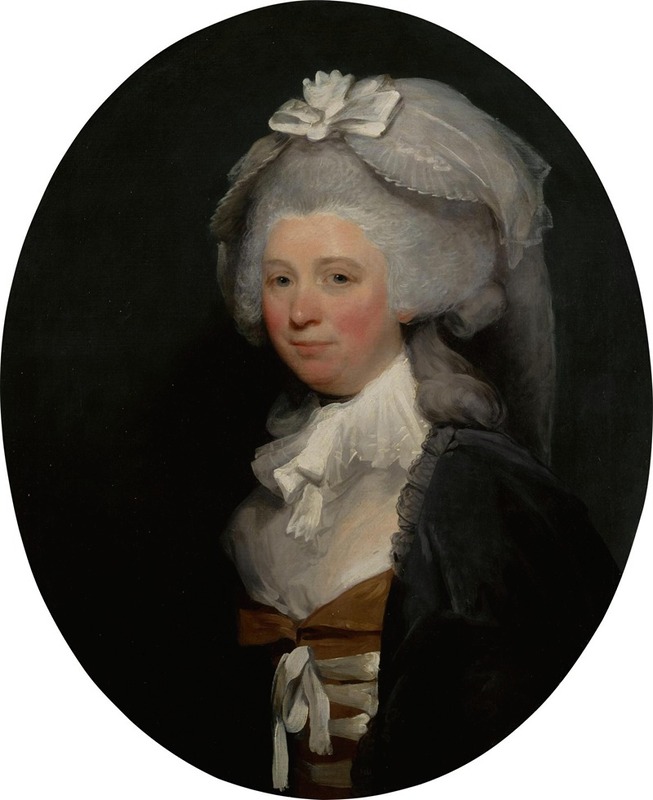
Portrait of a lady
A hand-painted replica of Gilbert Stuart’s masterpiece Portrait of a lady, meticulously crafted by professional artists to capture the true essence of the original. Each piece is created with museum-quality canvas and rare mineral pigments, carefully painted by experienced artists with delicate brushstrokes and rich, layered colors to perfectly recreate the texture of the original artwork. Unlike machine-printed reproductions, this hand-painted version brings the painting to life, infused with the artist’s emotions and skill in every stroke. Whether for personal collection or home decoration, it instantly elevates the artistic atmosphere of any space.
Gilbert Stuart's "Portrait of a Lady" is an exemplary work by one of America's most renowned portraitists. Gilbert Stuart, born in 1755 in Rhode Island, was a prominent American painter best known for his portraits of leading figures in the early United States, including the first six Presidents. His most famous work is the unfinished portrait of George Washington, known as the "Athenaeum Portrait," which has been used as the basis for the image on the United States one-dollar bill.
"Portrait of a Lady" is one of Stuart's many portraits that showcase his skill in capturing the likeness and personality of his subjects. Although specific details about this particular painting, such as the identity of the sitter or the exact date of its creation, are not well-documented, it is consistent with Stuart's style and technique, which were highly influential in American portraiture.
Stuart's portraits are characterized by their realistic representation and attention to detail, particularly in the rendering of facial expressions and textures of clothing. He had a unique ability to convey the character and status of his subjects, often using a soft, diffused light to enhance the naturalism of the skin tones and features. This technique is evident in "Portrait of a Lady," where the sitter is depicted with a serene expression, suggesting a sense of dignity and poise.
Stuart's approach to portraiture was heavily influenced by his time in Europe, where he studied under the famous American expatriate painter Benjamin West in London. During his time in England and later in Ireland, Stuart honed his skills and gained a reputation as a talented portraitist. His return to America in 1793 marked a prolific period in his career, during which he painted many of the nation's leaders and prominent citizens.
"Portrait of a Lady" reflects Stuart's mature style, characterized by a refined elegance and subtle use of color. The background is typically understated, drawing focus to the sitter's face and attire. Stuart often employed a limited palette, which allowed him to create a harmonious balance between the subject and the surrounding space.
While the specific lady in this portrait remains unidentified, the work is a testament to Stuart's ability to capture the essence of his subjects, making them timeless representations of their era. His portraits not only served as personal mementos for the families who commissioned them but also as historical records of the people who shaped the early United States.
Stuart's legacy as a portraitist is significant, as he set a standard for American portraiture that influenced subsequent generations of artists. His works are held in high esteem and can be found in major collections, including the National Gallery of Art in Washington, D.C., and the Museum of Fine Arts in Boston.
In summary, Gilbert Stuart's "Portrait of a Lady" exemplifies the artist's mastery in portraiture, capturing the grace and individuality of his subjects with a style that remains influential in the history of American art.





